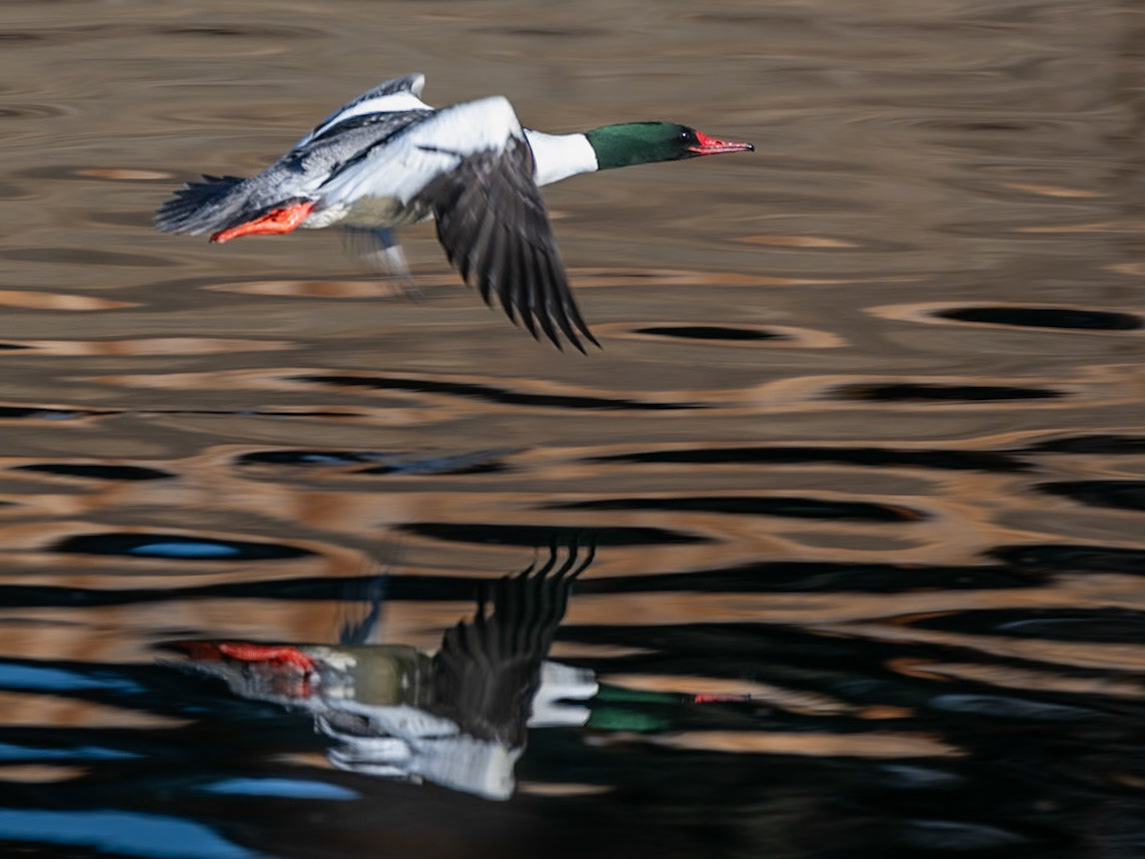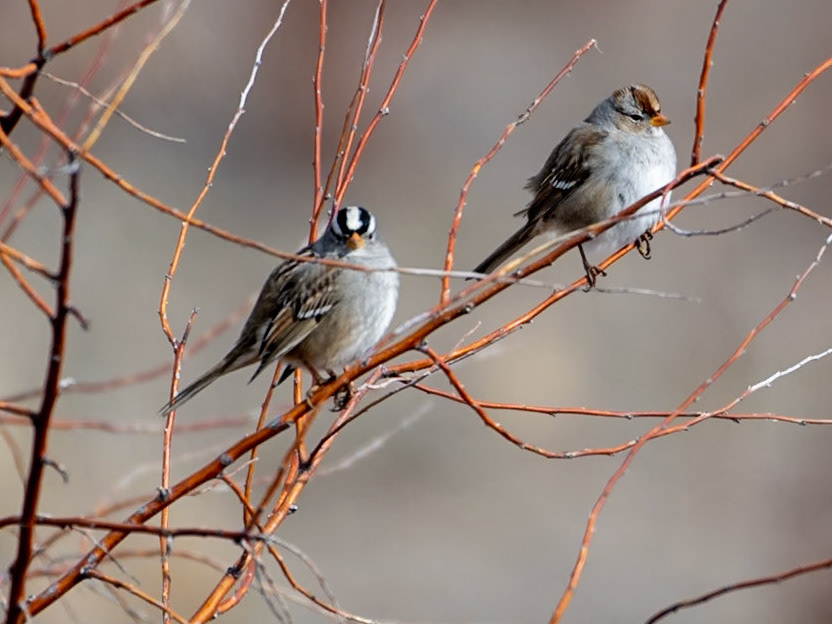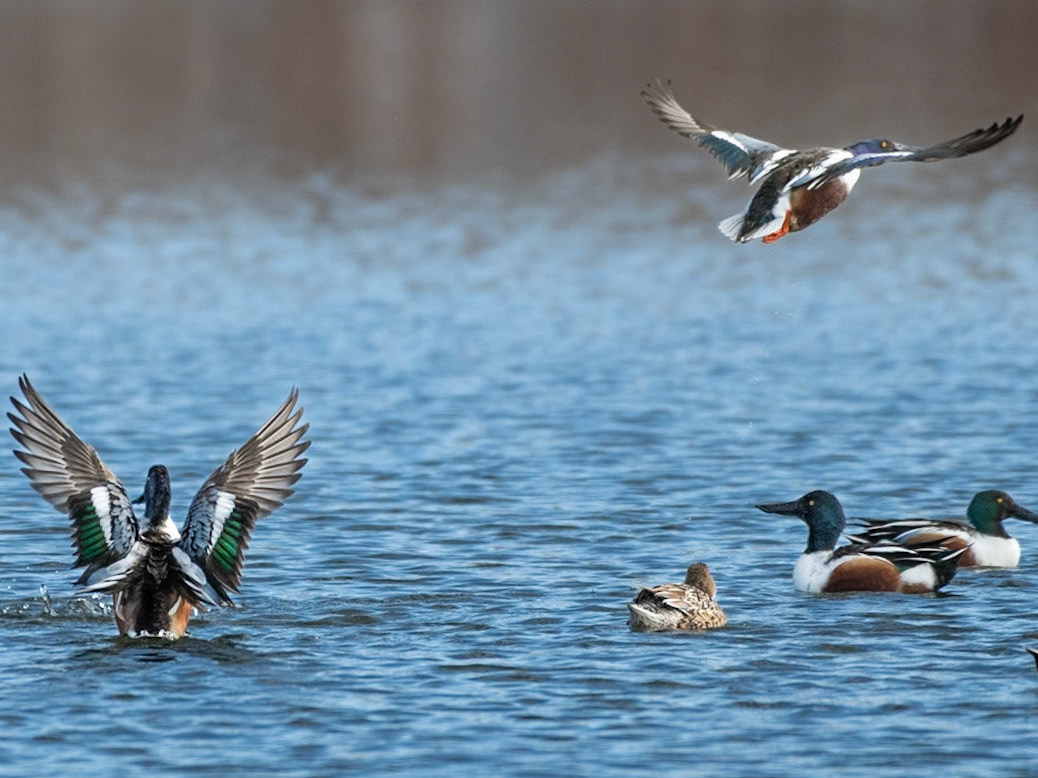
Quito Ecuador

Quito Ecuador

South Africa - Burchell's Coucal (Centropus burchellii). A large, robust, ungainly cuckoo with a song that's a deep descending bubbling series, “bu-bu-bu bu bu bu bu”

Brown Pelican (Pelecanus occidentalis) in the Galapagos Islands

Galapagos Islands

Galapagos Islands Brown Pelicans

Galapagos Islands Brown Pelican (Pelecanus occidentalis) - great cliff shadow

Galapagos Islands

Galapagos Islands

Botswana: African Fish Eagle (Haliaeetus vocifer) deciding on where it might start lookig for its next meal

Botswana: African Fish Eagle (Haliaeetus vocifer)

Botswana: African Fish Eagle (Haliaeetus vocifer)

Botswana: African Darter (Anhinga rufa) Also called a Snake Bird. A common pose along the waterside spreading its wings and drying its feathers in the wind because its feathers (unlike most water birds) do not contain any oil and are not waterproof

Botswana: Blacksmith Lapwing (Vanellus armatus). Also called blacksmith plover. Its call is a loud ringing “tink-tink-tink” call is uttered in series, like a blacksmith hammering on an anvil.

Botswana: An African Fish Eagle (Haliaeetus vocifer) pursues a White-backed Vulture (Gyps africanus). Had the Fish Eagle been insulted or simply looking for lunch we'll never know.

Botswana - Marabou Stork (Leptoptilos crumenifer)

Botswana - Marabou Stork (Leptoptilos crumenifer)

Botswana: Southern Carmine Bee-eater (Merops nubicoides)

Photo in Botswana: Most likely a Cape Robin-Chat (Dessonornis caffer) or one of the 4 subspecies - Dessonormis caffer 'iolaemus' - 'kivuensis' - 'namaquensis' - or Dessonornis caffer 'caffer'

Zimbabwe: Southern Cordonbleu (Uraeginthus angolensis). These seemed to be everywhere around victoria falls, zimbabwe

Hammerkop (Scopus umbretta) South Africa. This fellow was strutting about in wetlands foraging for frogs, fish, and insects.

South Africa - Egyptian goose (Alopochen aegyptiaca)

While abundant, the Nazca Booby are not endemic to the Galápagos and are prolific on the western cliffs of Española Isle. Very interesting behaviors despite their feet not being as colorful as the Blue-Footed Booby.

Nazca Booby (Sula granti)

Infant Nazca Boobie are almost nothing more than balls of tuft down.

Nazca Booby (Sula granti). Here's a couple passing twigs to build their nest

American Oystercatchers (Haematopus palliatus) survive almost exclusively on shellfish—clams, oysters, and other saltwater molluscs. They're a common sight in the Galapagos Islands as pictured here on the red beaches of Rabida Island.

Galapagos Mockingbird (Mimus parvulus). Endemic species to the Galápagos Islands

Galapagos Dove (Zenaida galapagoensis). Endemic species to the Galápagos Islands

Rosy Flamingo (Phoenicopterus ruber roseus) on Rabida Island, Galapagos Islands

Check out the webbed feet on the Galapagos flightless cormorant (Phalacrocorax harrisi), an endemic species to Galapagos Islands, this one on Isabela Island.

Galapagos Islands

Africa - Gray Go-away-bird (Corythaixoides concolor)

The Brown Pelican (Pelecanus occidentalis) is a common resident of Galapagos. While ungainly on land (as pictured here), these large, heavy water birds are accomplished gliders.

Galapagos - Blue Footed Booby preening

Sula nebouxii (Blue-footed Booby). The quintessential pose from the quintessential bird that seems to be a poster bird for the Galapagos Islands.

Sula nebouxii cleared for takeoff

KIimbabwe: The red tufts on the upper chest indicate this is a male Giant Kingfisher (Megaceryle maxima)

Zimbabwe: Southern Masked Weaver (Ploceus velatus). The acrobatics involved in building the nests are impressive. Here's a few shots of that process.

Zimbabwe: Southern Masked Weaver (Ploceus velatus). The acrobatics involved in building the nests are impressive. Here's a few shots of that process.

Zimbabwe: Southern Masked Weaver (Ploceus velatus). The acrobatics involved in building the nests are impressive. Here's a few shots of that process.

Zimbabwe: Southern Masked Weaver (Ploceus velatus). The acrobatics involved in building the nests are impressive. Here's a few shots of that process.

Quito Ecuador Hummingbird

Male Violet-backed Starling (Cinnyricinclus leucogaster) The metalic sheen to the plumage is typical of the show boating males.

Lilac-Breasted Roller (Coracias caudatus) This one is dry, compare to the puffed up fluffly one drying after a bath.

Lilac-Breasted Roller (Coracias caudatus) This one is drying off after a bath or possibly a rain shower (albeit we didn't get a lot of rain the dirt road was damp), compare to the other image here of a dry one.

Helmeted Guinea Fowl (Numida meleagris) Hoppping along on one leg it made me wonder how this bird managed to get away.

Little Bee-Eater (Merops pusillus) They feed on flying insects especially bees, wasps and hornets. They hawk insects aerially and then return to the perch to beat them to death.

Africa: Wahlberg's eagle (Hieraaetus wahlbergi) Named after the Swedish naturalist Johan August Wahlberg.

African Grey Hornbill (Tockus nasutus) The most common species of hornbill found in Africa. They're herbivores whose diet consists of fruits, seeds, and insects.

Bateleur (Terathopius ecaudatus) The only member of the genus 'Terathopius' and may be the origin of the "Zimbabwe Bird", the national emblem of Zimbabwe.

The depth of the water doesn't do the lengths of this birds legs any justice.

African pygmy Kingfisher (Ispidina picta) There are over 90 species of kingfisher, and they come in various colors and sizes.

Zimbabwe - vulture

Botswana: A group of Marabou Stork (Leptoptilos crumenifer) hang out. Made me think of a 'hanging tree' like the old spagetti western movies. I do wonder if the vulture had a visitors pass to hang out on the same tree :-D

Botswana: Blacksmith Lapwing (Vanellus armatus) Also called blacksmith plover. Its call is a loud ringing “tink-tink-tink” call is uttered in series, like a blacksmith hammering on an anvil.

Checking out the buffet along the Chobe River. They spend most of the day perching on a branch overlooking the river searching for food and resting, but every couple of minutes they will take to the sky and hover in place for a couple of seconds before dive-bombing into the river.

No caption

Magnificent Frigatebird (Fregata magnificens) The distinctive red throat band is actually a gular sac or pouch that is inflated during mating season and is distinctive to males,

Great Egret (Ardea alba)

Great Egret (Ardea alba) Widely distributed around the globe, the egret has four subspecies found in Asia, Africa, the Americas, and southern Europe. As such it has a familiar look to many bird watchers from around the world.

African Fish Eagle (Haliaeetus vocifer)

Stop me if you've heard this one... 3 vultures fly up to a log at the carrion restaurant in South Africa...










































































